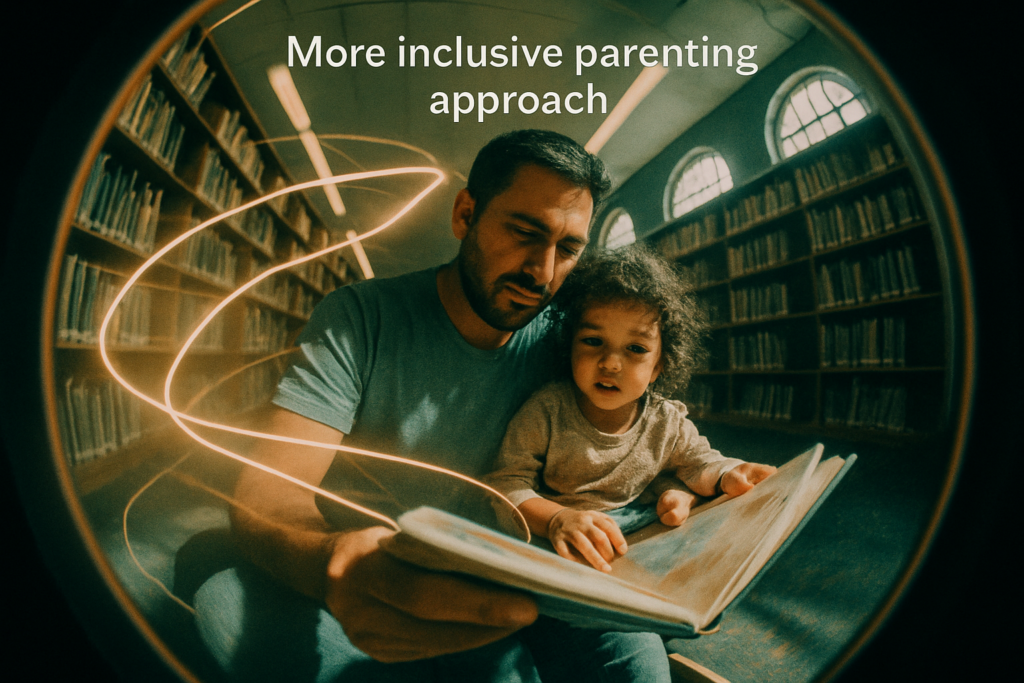As a seasoned blogger, I’ve delved into numerous topics, but few are as pressing as the effects of climate change on our most vulnerable: children. The repercussions of our warming planet on the health and well-being of the younger generation are profound and far-reaching. From increased air pollution to extreme weather events, the impact of climate change on children’s health is a critical issue that demands attention.
In this article, I’ll explore the various ways in which climate change is affecting the health of children worldwide. By understanding the intersection of environmental shifts and pediatric well-being, we can better grasp the urgency of taking action to mitigate these effects. Stay tuned as we delve into the intricate relationship between a changing climate and the health of our future generations.
Understanding the Link between Climate Change and Children’s Health
Exploring the intricate relationship between climate change and children’s health reveals the profound impact of environmental shifts on the well-being of the youngest members of our society. It’s crucial to recognize how changes in our climate can directly and indirectly affect children’s health outcomes.
Increased Air Pollution:
Rising global temperatures can intensify smog formation and increase the concentration of harmful pollutants in the air. Exposure to polluted air can exacerbate respiratory conditions such as asthma in children.
Extreme Weather Events:
Climate change is contributing to more frequent and severe weather events like hurricanes, floods, and wildfires. These disasters can disrupt access to healthcare, damage infrastructure, and create conditions conducive to the spread of infectious diseases among children.
Food Insecurity and Malnutrition:
Shifts in temperature and precipitation patterns can impact crop yields, leading to food insecurity and malnutrition, particularly in vulnerable populations. Children are especially susceptible to the negative health consequences of inadequate nutrition.
Vector-Borne Diseases:
Changes in climate can alter the distribution and behavior of disease-carrying vectors like mosquitoes, potentially exposing children to illnesses such as malaria, dengue fever, and Zika virus in regions where these diseases were previously uncommon.
By understanding the link between climate change and children’s health, we can prioritize strategies to mitigate these effects and protect the most vulnerable members of our communities. Awareness and proactive measures are essential in ensuring a healthy future for our children in the face of a rapidly changing climate.
Common Health Risks Posed by Climate Change to Children
Climate change poses several health risks to children that are crucial to address promptly. Let’s explore two significant areas of concern related to children’s health and climate change.
Air Quality Issues and Respiratory Problems
Poor air quality due to climate change can have detrimental effects on children’s respiratory health. Increased air pollution from factors such as wildfires and higher temperatures can exacerbate respiratory conditions in children, including asthma. Children are more vulnerable to the harmful effects of air pollution due to their developing respiratory systems, making them susceptible to breathing difficulties and other respiratory issues.
Impact of Extreme Weather Events on Children’s Well-being
Extreme weather events resulting from climate change can significantly impact children’s well-being. Events such as hurricanes, floods, and heatwaves can disrupt communities, damage infrastructure, and create hazardous conditions for children. Such events not only pose immediate threats to children’s safety but also lead to long-term consequences, including displacement, food insecurity, and increased risk of infectious diseases. Addressing the impact of these events on children’s well-being is essential to safeguard their health and ensure their safety in a changing climate.
Strategies to Mitigate Climate Change Effects on Children’s Health
As I delve into strategies to mitigate the effects of climate change on children’s health, it’s crucial to address these risks promptly to safeguard our young ones’ well-being amidst a changing climate. Here are some actionable steps that can be taken to protect children from the health impacts of environmental shifts:
-
Promote Green Transportation:
Encouraging alternatives to car travel, such as walking, cycling, or the use of public transportation, can significantly reduce air pollution, thus mitigating respiratory issues in children. -
Enhance Air Quality Monitoring:
Implementing robust air quality monitoring systems in urban areas can help identify pollution hotspots and enable prompt interventions to protect children from harmful pollutants. -
Create Green Spaces:
Increasing green spaces in urban environments not only enhances the aesthetics of cities but also improves air quality, providing children with cleaner and healthier environments to play and learn. -
Education on Climate Change:
Incorporating climate change education in school curricula helps raise awareness among children about the importance of environmental conservation and sustainability.
Equipping children with knowledge and skills to handle extreme weather events can reduce risks during disasters and ensure their safety and well-being.
By implementing these strategies and prioritizing children’s health in climate change adaptation efforts, we can create a safer and healthier future for the younger generation in the face of environmental challenges.
Importance of Education and Awareness in Safeguarding Children’s Health
Linking educational initiatives with safeguarding children’s health amid climate change is crucial. Educating children on environmental issues equips them with the necessary skills to adapt and respond effectively to the challenges posed by a changing climate. Integrating climate change education into school curricula is key. By including topics such as sustainable practices, environmental conservation, and climate resilience, we empower children to make informed decisions that positively impact their health and the environment.
Promoting awareness among children about the health risks associated with climate change fosters proactive behaviors. Teaching them about the link between air quality, extreme weather events, and infectious diseases raises their consciousness about potential health threats. Additionally, educating children on the importance of green spaces, clean air, and healthy food choices cultivates habits that support their overall well-being in the face of environmental changes.
Incorporating climate change education in schools not only enhances children’s understanding of environmental issues but also nurtures a sense of responsibility towards sustainable practices. By instilling a mindset of environmental stewardship from a young age, we empower children to become advocates for their own health and the health of the planet. Education not only safeguards their well-being but also equips them with the knowledge needed to mitigate the adverse effects of climate change on their health.






